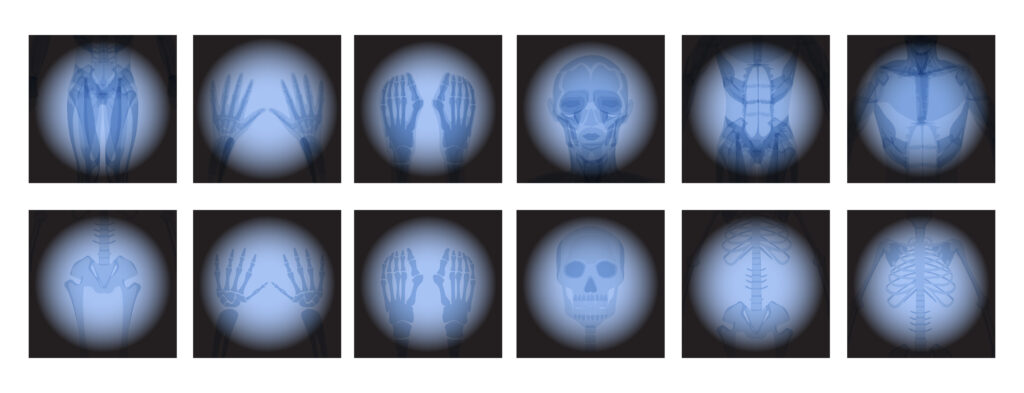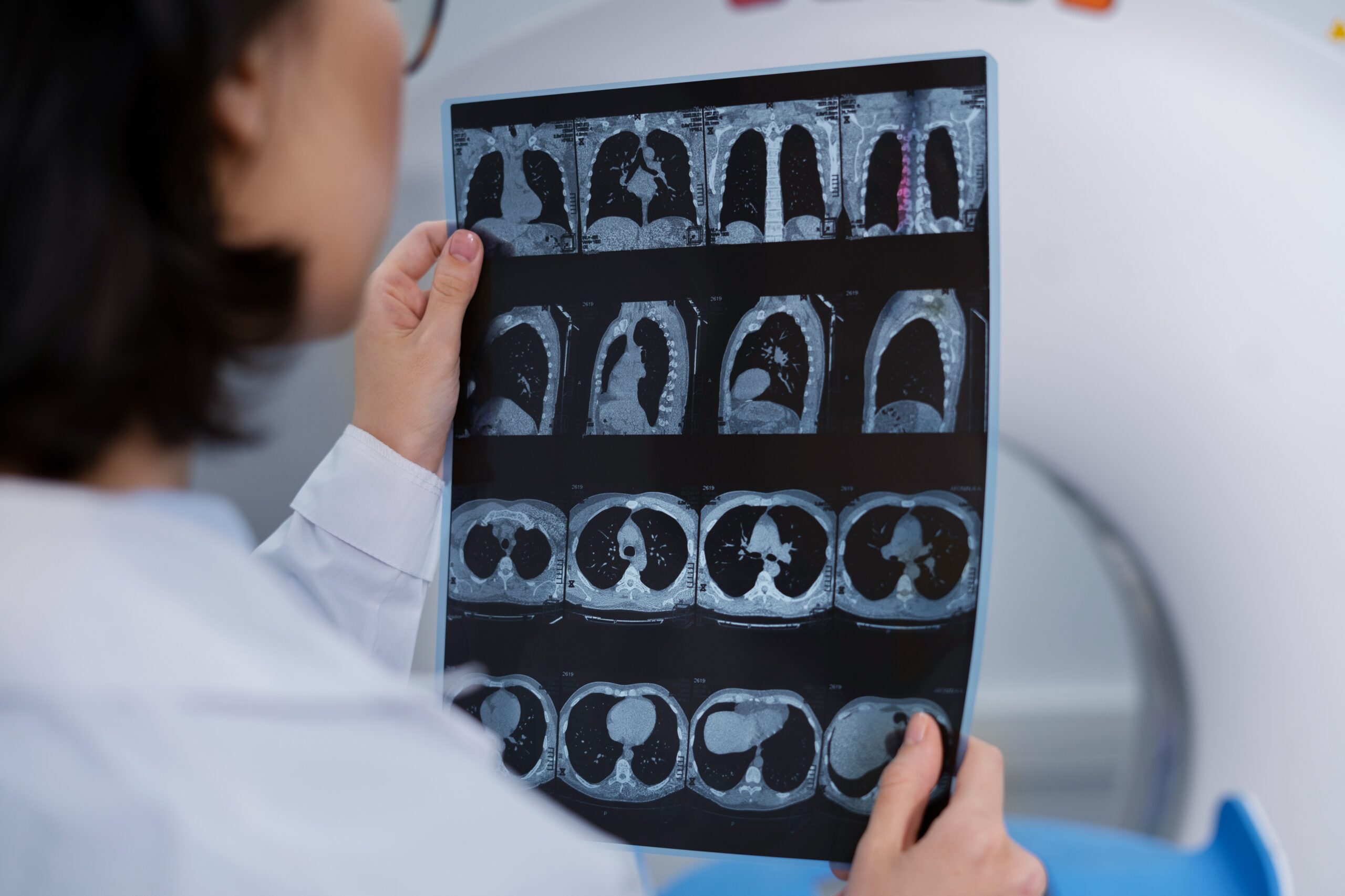Exploring X-ray Imaging: Types, Uses, and Revolutionary Technology
X-ray imaging, a cornerstone in healthcare diagnostics, has seen remarkable evolution over the years, offering patients and healthcare providers new options and opportunities. In this in-depth exploration, we uncover the diverse landscape of X-ray examinations, the scenarios necessitating X-ray imaging, and the comparative merits of digital versus traditional X-ray technologies.
When and Why You Might Need an X-ray
X-ray examinations serve as pivotal diagnostic tools across a spectrum of medical conditions. A grasp of the situations warranting an X-ray aids individuals and healthcare providers in informed decision-making regarding healthcare.
1. Bone Fractures and Injuries
Among the most prevalent applications of X-rays is diagnosing bone fractures and injuries. Whether discerning a potential arm fracture post-fall or assessing a sports-induced ankle injury, X-rays afford a lucid view of the affected bone, facilitating precise treatment strategies.
2. Pulmonary and Chest Conditions
Integral to diagnosing and monitoring lung and chest conditions, X-rays unveil afflictions ranging from pneumonia and tuberculosis to lung cancer and other respiratory ailments. They unveil anomalies like fluid accumulation, tumors, or infections within the chest cavity.
3. Dental Health Assessment
Dentists frequently employ X-rays for oral health assessments. These images reveal hidden cavities, aid in wisdom teeth evaluation, and offer a panoramic view of the mouth and jaw, crucial for treatment planning in orthodontics or oral surgery.
4. Joint and Orthopaedic Concerns
Orthopaedic specialists rely on X-rays to diagnose and monitor joint-related issues like arthritis, dislocations, or knee, hip, and shoulder injuries. X-ray imaging assists in gauging bone and joint health, guiding treatment pathways.

5. Gastrointestinal Disorders
Barium X-rays, a contrast X-ray variant, visualize the digestive tract, aiding in diagnosing GERD, bowel obstructions, and esophageal, stomach, or intestinal abnormalities.
6. Cardiac Evaluation
Offering insights into heart and blood vessel health, X-rays diagnose heart diseases, detect structural anomalies, and monitor cardiovascular conditions.
7. Spinal Health Assessment
Orthopaedic and neurological specialists rely on X-ray imaging to assess spinal health, identifying conditions like scoliosis, herniated discs, and spinal fractures for tailored treatment.
8. Trauma and Emergency Situations
In emergency medicine, X-rays swiftly assess injuries from accidents or trauma, guiding immediate treatment decisions.
9. Screening and Preventive Health
X-ray screening, such as mammography for breast imaging, detects breast cancer in its nascent stages, potentially saving lives through early intervention.
Understanding the Different Types of X-ray Imaging Examinations
X-ray examinations manifest in various forms, each tailored to specific diagnostic needs. Below, we elucidate some prevalent types:
Plain Radiography (Conventional X-rays)
Description: Traditional X-rays, known as plain radiography, utilize film-based machines to generate two-dimensional images.
Applications: Versatile, they diagnose bone fractures, lung conditions, dental issues, and more.
Digital Radiography (DR)
Description: Utilizing electronic detectors, digital radiography captures X-ray images viewable on computer screens.
Applications: Comparable to plain radiography, it excels in scenarios requiring enhanced image manipulation.
Computed Tomography (CT) Scan
Description: CT scans employ X-rays from various angles to craft detailed cross-sectional body images.
Applications: Valuable for assessing injuries, tumours, and internal bleeding, providing detailed insights.
Magnetic Resonance Imaging (MRI)
Description: MRI employs magnetic fields and radio waves for detailed internal structure imaging.
Applications: Often used for evaluating soft tissues, neurological conditions, offering multi-planar views.

Digital X-rays vs. Traditional X-rays: Pros and Cons
Digital X-rays have gained prominence, yet traditional X-rays continue to hold relevance. Here’s a comparative analysis:
| | Digital X-rays | Traditional X-rays |
|---|---|---|
| Pros | Improved Image Quality | Widespread Availability |
| Efficient Workflow | Proven Technology | |
| Reduced Radiation Exposure | Lower Cost | |
| Enhanced Post-Processing | No Electricity Dependency | |
| Environmentally Friendly | Familiarity | |
| Cons | Initial Investment | Limited Post-Processing |
| Dependency on Electricity | Environmental Impact | |
| Learning Curve | Storage Challenges | |
| Data Security | No Data Security |
Making Informed Choices
The choice between digital and traditional X-rays hinges on myriad factors, including patient needs, budget constraints, and infrastructure. Assessing these aspects ensures optimal diagnostic accuracy and patient care.
With this guide, we’ve navigated the intricate realm of X-ray imaging, shedding light on its varied applications and technologies. Whether embracing digital innovation or adhering to tradition, informed decisions empower healthcare providers to deliver superior care.

